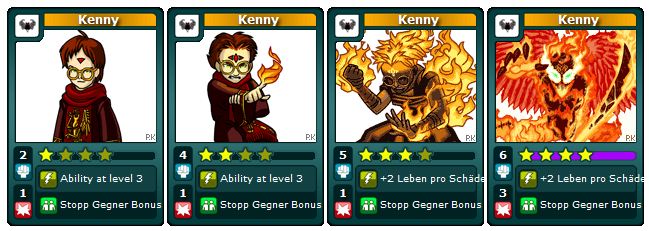Urban Rivals Kimberley

We have tried pinging Urban Rivals website using our server and the website returned the above results. If urban-rivals.com is down for us too there is nothing you can do except waiting. Men of war. Probably the server is overloaded, down or unreachable because of a network problem, outage or a website maintenance is in progress. Sabrina Thauvin is an artist on urban rivals. Her nickname is Phalloide (or 'Boob Lady' as some of the players call her). She has a website Below is a list of the cards she has drawn.
 Once installed, find Crowd City in all apps in BlueStacks, click to open it.7.
Once installed, find Crowd City in all apps in BlueStacks, click to open it.7.
'Urban Rivals' is a massive multiplayer online trading card game. Unlike many print TCGs, 'UR' is easy to learn, and takes very little time to understand. Players start with eight random cards, and by leveling up their profile unlock new 'leader' cards; they can also use in-game money won from winning matches to purchase new cards to add to their deck.Cards also level up with use, gaining new abilities and becoming stronger over time, making this the world's first MMOTCGRPG.If you want to discover and play the most famous MMOTCGRPG in the world, just click here:www.urban-rivals.comCurrent Residence: FranceFavourite style of art: Fan artWallpaper of choice: Kenny and his friendsFavourite cartoon character: Kenny.
Gold, and imperialist intervention (1870–1902)South Africa experienced a transformation between 1870, when the diamond rush to began, and 1902, when the ended. Midway between these dates, in 1886, the world’s largest goldfields were discovered on the. As the predominantly agrarian societies of European South Africa began to urbanize and industrialize, the region evolved into a major supplier of minerals to the world economy; gold especially was urgently needed to back national currencies and ensure the continued flow of expanding. British colonies, republics, and African kingdoms all came under. These dramatic changes were propelled by two linked forces: the development of a capitalist industry and a sequence of imperialist interventions.
Diamonds and confederationA chance find in 1867 had drawn several thousand fortune seekers to alluvial diamond diggings along the Orange, Vaal, and Harts rivers. Richer finds in “dry diggings” in 1870 led to a large-scale rush. By the end of 1871 nearly 50,000 people lived in a sprawling polyglot mining camp that was later named Kimberley.Initially, individual diggers, black and white, worked small claims by hand. As production rapidly centralized and mechanized, however, ownership and labour patterns were divided more starkly along racial lines.
A new class of mining capitalists oversaw the transition from diamond digging to mining industry as joint-stock companies bought out diggers. The industry became a monopoly by 1889 when (controlled by ) became the sole producer. Although some white diggers continued to work as overseers or skilled labourers, from the mid-1880s the workforce consisted mainly of black migrant workers housed in closed by the companies (a method that had previously been used in Brazil).The diamond zone was simultaneously claimed by the, the, the western under Nicolaas, and southern chiefs. At a special hearing in October 1871, Robert W.